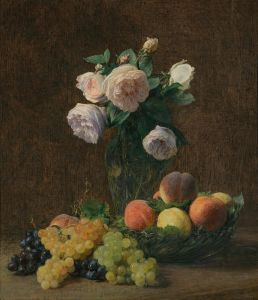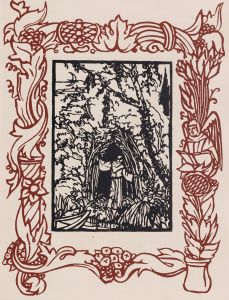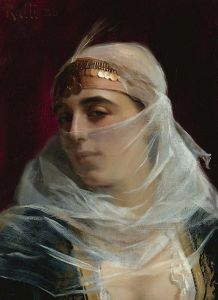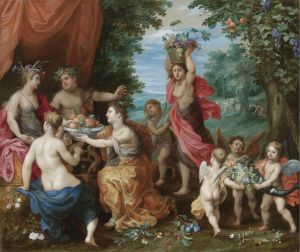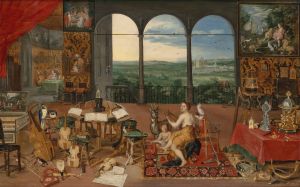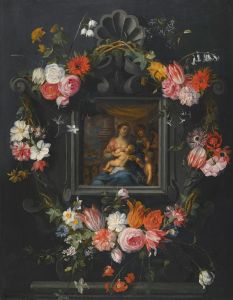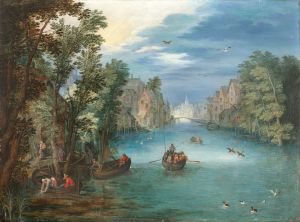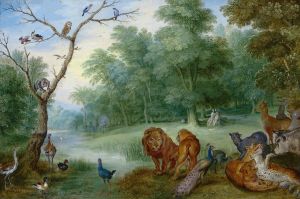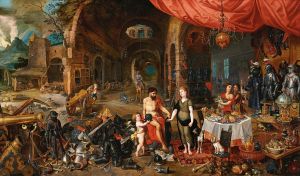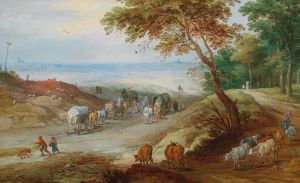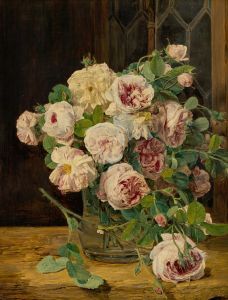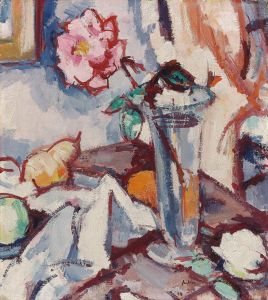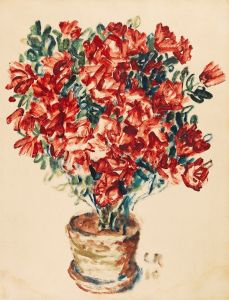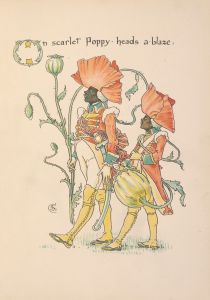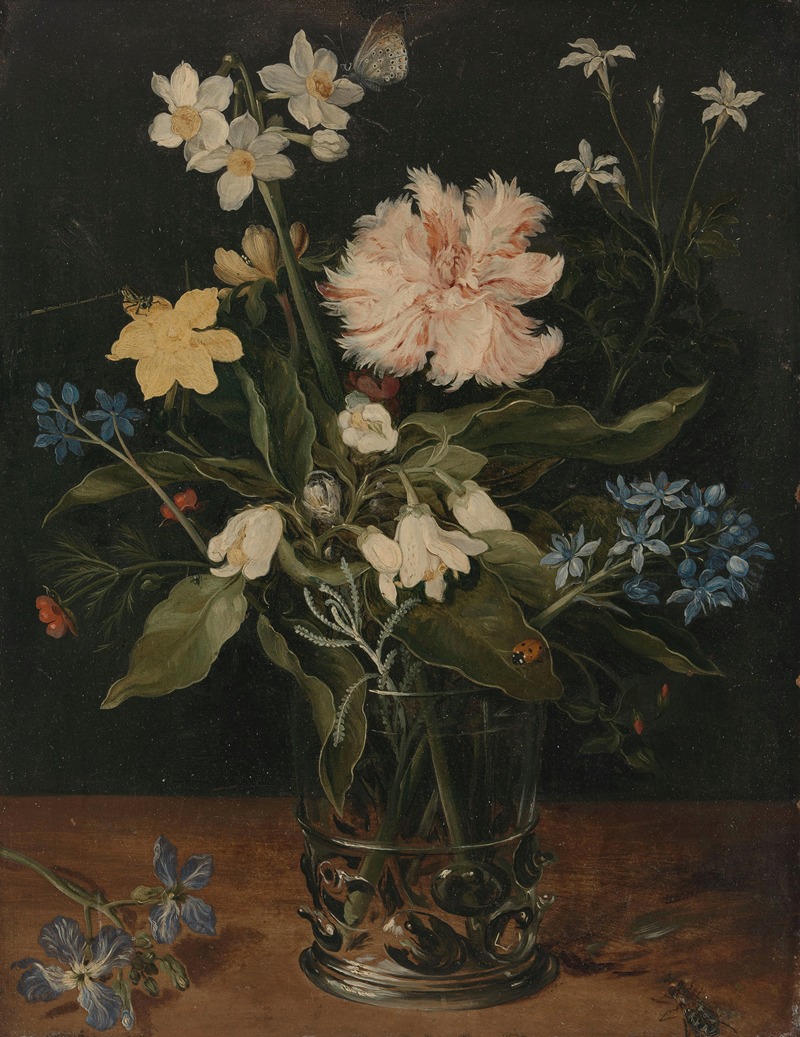
Still Life with Flowers in a Glass
A hand-painted replica of Jan Brueghel the Younger’s masterpiece Still Life with Flowers in a Glass, meticulously crafted by professional artists to capture the true essence of the original. Each piece is created with museum-quality canvas and rare mineral pigments, carefully painted by experienced artists with delicate brushstrokes and rich, layered colors to perfectly recreate the texture of the original artwork. Unlike machine-printed reproductions, this hand-painted version brings the painting to life, infused with the artist’s emotions and skill in every stroke. Whether for personal collection or home decoration, it instantly elevates the artistic atmosphere of any space.
"Still Life with Flowers in a Glass" is a painting by Jan Brueghel the Younger, a Flemish Baroque artist known for his detailed still lifes, landscapes, and allegorical works. Jan Brueghel the Younger (1601–1678) was the son of Jan Brueghel the Elder and the grandson of Pieter Bruegel the Elder, both of whom were prominent painters in their own right. He inherited his father's artistic style and workshop, continuing the family tradition of producing highly detailed and meticulously crafted paintings.
This particular work, "Still Life with Flowers in a Glass," exemplifies the artist's skill in rendering intricate floral arrangements. The painting depicts a variety of flowers carefully arranged in a transparent glass vessel. The composition includes blooms such as roses, tulips, and other species commonly found in 17th-century Flemish still lifes. The flowers are painted with remarkable precision, showcasing the artist's ability to capture the textures, colors, and delicate forms of each petal and leaf. The glass container is rendered with equal attention to detail, reflecting light and revealing the stems of the flowers submerged in water.
The painting reflects the Baroque era's fascination with nature and its transient beauty, as well as the growing interest in botanical studies during the 17th century. Still-life paintings like this one often carried symbolic meanings, with flowers representing themes such as the brevity of life, the passage of time, and the fragility of existence. However, specific interpretations of this work would depend on the individual elements included in the composition.
Jan Brueghel the Younger was known for collaborating with other artists, including Peter Paul Rubens, on larger works. However, "Still Life with Flowers in a Glass" is an example of his independent work, focusing solely on the still-life genre. The painting demonstrates his technical expertise and his ability to create compositions that are both scientifically accurate and aesthetically pleasing.
The exact date of the painting's creation is not definitively documented, but it is consistent with Brueghel's mature style, which developed in the mid-17th century. The work is part of a broader tradition of Flemish still-life painting, which was highly popular among collectors and patrons of the time.
"Still Life with Flowers in a Glass" is housed in a private collection or museum, though its current location may vary depending on exhibitions or acquisitions. The painting remains an important example of Jan Brueghel the Younger's contribution to the still-life genre and the broader artistic legacy of the Brueghel family.





